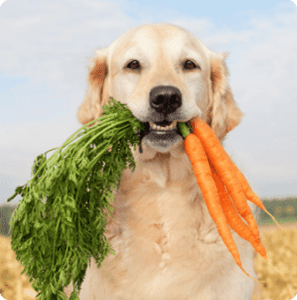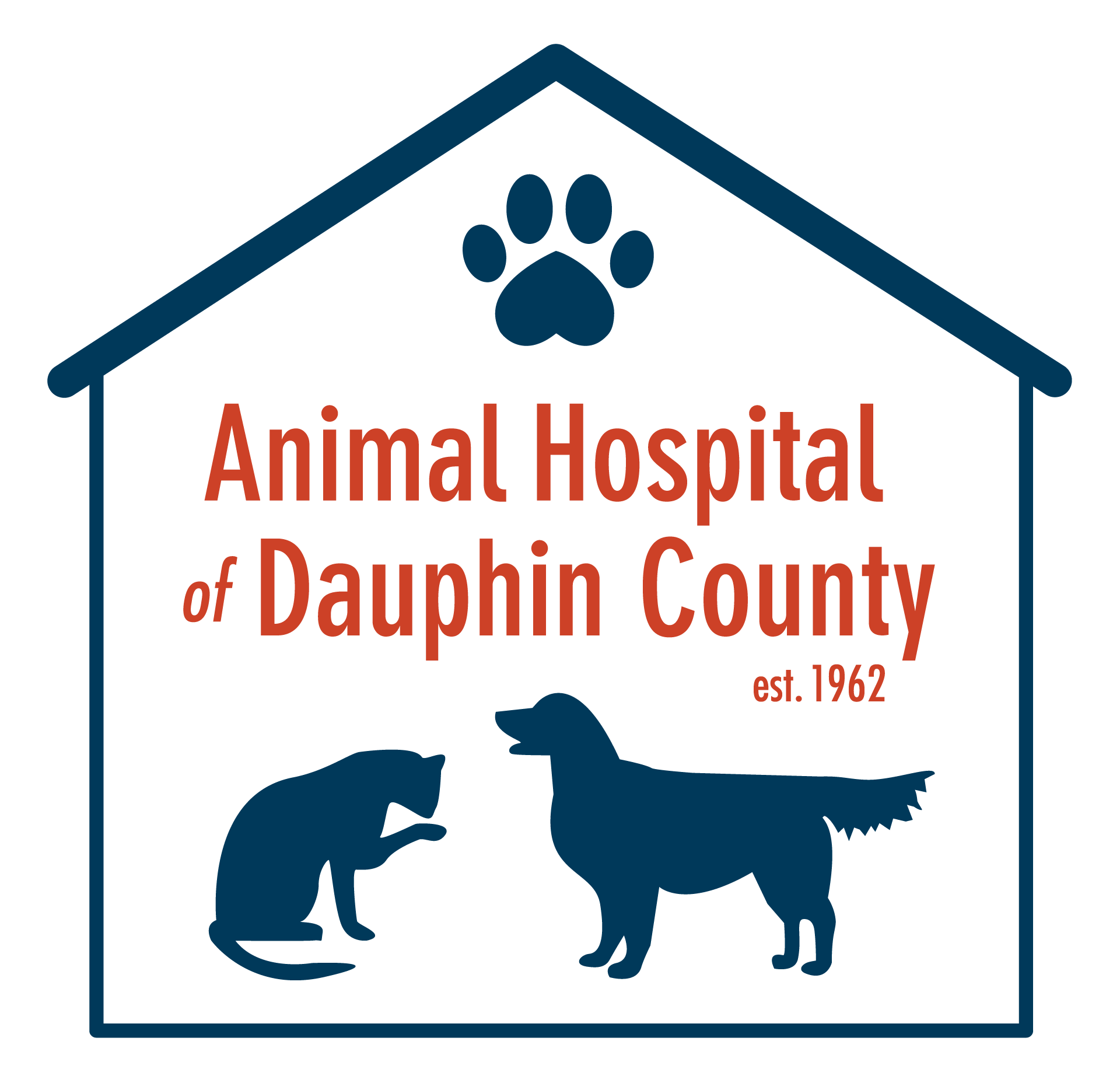If you have a pet, you have probably noticed that there is a lot of overwhelming information about pet food and nutrition out there. It seems we are constantly bombarded by TV ads, internet sites and pet store promotions all claiming to have the best and healthiest foods for our pets. We also can get differing information from our neighbors, family members and friends, groomers, trainers, and pet store employees. If you feel confused or overwhelmed by what to feed your pet, here are a few simple tips to make that stroll down the pet food aisle less challenging.
First, determine into which “life stage” category your pet falls. This label can be found on pet food products in the fine print (the important stuff is always the fine print). It is determined by the Association of American Feed Control Officials (AAFCO) and is usually found under the ingredient panel of the food. This feeding guideline is established by AAFCO and helps to minimize the risk of malnutrition or oversupplementation if followed. Life stages define subsets of pets based on their nutritional needs at certain stages in their lives and include “growth/gestation/lactation,” “maintenance,” and “all life stages.” Puppies, kittens, pregnant and lactating pets would fall into the first category, adult dogs would be in the second, and the third group claims that it can be fed to any pet at any time. Watch out for the “all life stages” label. For a food to be labeled as such, it must meet the nutritional requirements of the life stage that needs the MOST nutrition (calories, fat, protein, etc.). That is the first category, the growing pets and those that are pregnant or producing milk. This means that if your pet food is labeled as an adult food but the AAFCO statement claims it is sufficient for “all life stages,” you are actually feeding a puppy food (or kitten food if it is for cats). This may be why some of our pets seem to not eat a lot of food, but they are overweight and can’t lose weight even when we decrease their food. Feeding an all life stage food to an older pet with kidney disease or heart disease may be detrimental to their health. These foods may be too high in protein, salt and phosphorous for diseased organs to process.
Second, beware of labels that claim the food is “holistic,” “grain-free,” or “hypo-allergenic.” There is no legal definition for the term “holistic” when it comes to food. Any company can put that label on their food, but there are no actual requirements necessary for the food to meet. It just may mean a higher price tag. Some foods that are labeled as “grain free” or “hypo-allergenic” may in fact not have grain, but if your pet is allergic to a certain meat protein, it won’t help itchy skin or gastrointestinal discomfort. Also, there may be grain contaminants in the food because the previous batch of food may have contained grain (similar to how we have warnings on some of our foods that alert us that some products were made in the same factory where there are peanuts and other foods that may cause allergic reactions).
Third, it is important to consider the nutrition in the food, not just the ingredients. Animals can get essential amino acids, proteins and trace minerals from plant sources as well as meat sources, just as vegetarians can have a complete and balanced diet while avoiding meat. Even if the first ingredient on the label is not meat, it doesn’t mean that the food is nutritionally deficient.
If you have questions about pet food labels or what life stage food is appropriate for your pet, ask your veterinarian for more information. It may also be helpful to bring an empty bag or can of the food to your vet. There are so many out there that we sometimes aren’t familiar with every brand!

